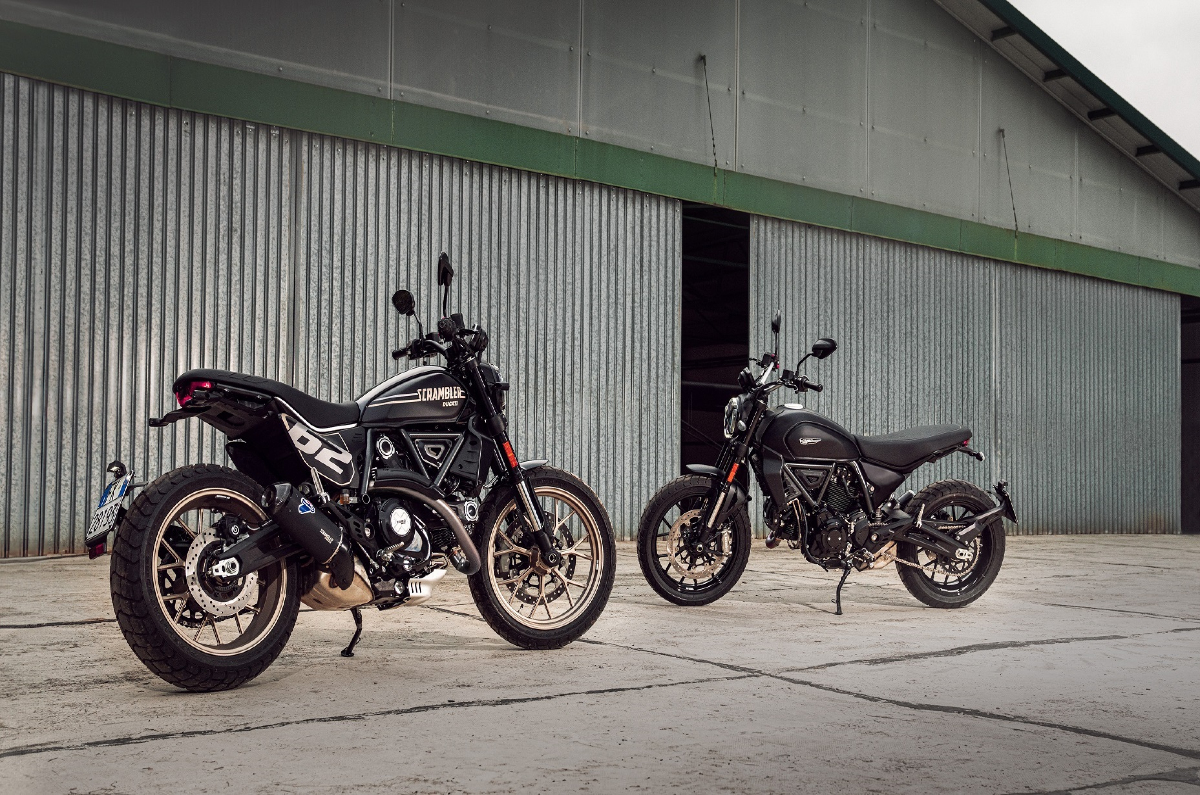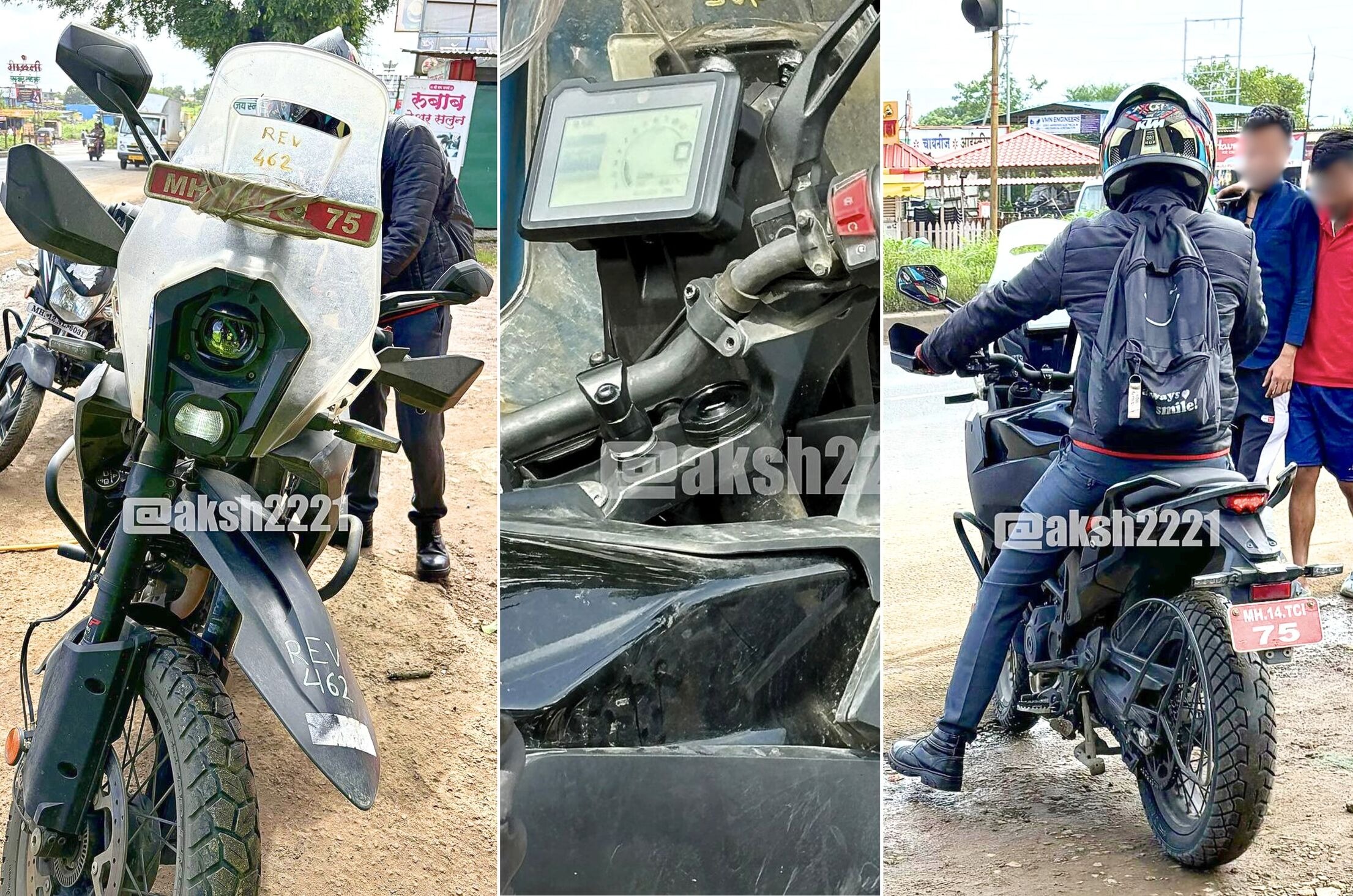When Washington Nationals reliever Jordan Weems stares out from the mound, it would be fair to assume the right-hander’s eyes are focused on the mitt of the catcher behind the plate. It’s a target to aim at, after all.
But if Weems is throwing a splitter, it’s a different story. In that case, Weems looks at — well, he’ll have to explain it.
“My splitter, I’m trying to throw it to the back of the — ” Weems pauses, then chuckles. “Kind of the hole in between the catcher … Everybody’s a little different, everyone has that visual perception of where they throw it and what works for him. But yeah, on my splitter, I’m trying to throw it kind of through the legs of the catcher.”
Places to visually focus on, like what Weems was describing, can be crucial to a pitcher — especially when trying to throw secondary pitches with lots of horizontal or vertical movement. Sometimes, throwing away from the target is the best way to ensure the ball arrives as intended.
“It just depends on where the pitch is called,” lefty MacKenzie Gore said. “You just got different spots on the catcher that you pick out … It changes every pitch.”
Most Nationals pitchers aim at a catcher’s mitt when they are a throwing a fastball, since that pitch doesn’t move much and travels on a relatively straight line. But offspeed and breaking pitches are a different matter.
Reliever Dylan Floro splits a strike zone into four parts and uses those quadrants to help him take aim. Some pitchers aim where they want the pitch to start, while other focus on where they want it to end. Gore tries to do both so that hitters can’t decipher where he’s aiming. Weems keys in on where he wants his pitch to finish. Starter Josiah Gray and righty relievers Kyle Finnegan and Matt Barnes stare at the mitt.
Starter Trevor Williams focuses on where he wants his pitch to start. His sweeper has nearly 15 inches of horizontal movement. If Williams was facing a right-handed hitter and aimed at the mitt in the center of the plate, the ball would sail into the left-handed batter’s box.
So Williams typically shoots for a catcher’s left shoulder or part of a catcher’s left kneepad, depending on where he wants to locate the pitch. He sometimes aims his change-up at the catcher’s throat. But if he begins to bounce it, he’ll look at a catcher’s eyes.
“I look higher because of how much drop my change-up has,” said Williams, who has 40 inches of vertical movement on his change-up. “Because if I throw it to his glove, it’s going to bounce in front of the plate.”
Righty reliever Derek Law looks at the mitt for his fastball and slider, but a catcher’s right knee for his cutter, a catcher’s left knee for a change-up and just below a catcher’s mitt for a curveball. Right-handed reliever Tanner Rainey focuses on the catcher’s eyes for an elevated fastball. His visual target for a slider depends on the location — a catcher’s left shoulder if he’s landing it for a strike, but a catcher’s knee if he’s trying to land a pitch below the zone. Righty reliever Hunter Harvey likes to look at the emblem on a catcher’s gear when he’s trying to land his slider below the zone. Gore looks at a catcher’s mask when he wants to throw a curveball for a strike, but his target can change if he wants to bounce one in the dirt.
Williams and Law both sometimes look at spots that aren’t associated with the catcher behind the plate. If Williams is trying to throw a backdoor slider to a lefty, he’ll look in the right-handed hitter’s batter’s box. Law has aimed his cutter at a hitter’s hips.
But other factors force adjustments. The weather could affect the way their ball moves. So could a pitcher’s health.
“Sometimes it ain’t moving the way I threw it in the offseason,” Harvey said. “So you throw it a couple times, you see what it’s going and you adjust from there and just kind of move your eyesight around until you figure out how to make it work.”
All of this can start before a pitch, too. A sports psychologist taught reliever Robert Garcia that humans can’t look at any target for more than two seconds before their eyes start to wander. So the lefty likes to find a spot in the upper deck of a stadium to look at before he locks into a target.
Garcia typically focuses on bottom of a catcher’s chin guard if he’s trying to throw his change-up for a strike, and hones in on the logo on a catcher’s chest protector for a change-up he wants a batter to chase. For sliders? A catcher’s right shoulder, or a bit below it. But there’s always adjustments to be made.
“When we go to the bullpen, that’s what we’re finding out,” Garcia said. “Where are our sights? Are our sights where we normally start? Do we have to move them? And then sometimes when you’re in the bullpen, when you go onto the game mound, it’s different. So when you warm up, you’re always trying to find sights. That’s the main checkpoint you’re trying to check off and then be ready to compete.”

 6 months ago
60
6 months ago
60




























 English (US)
English (US)